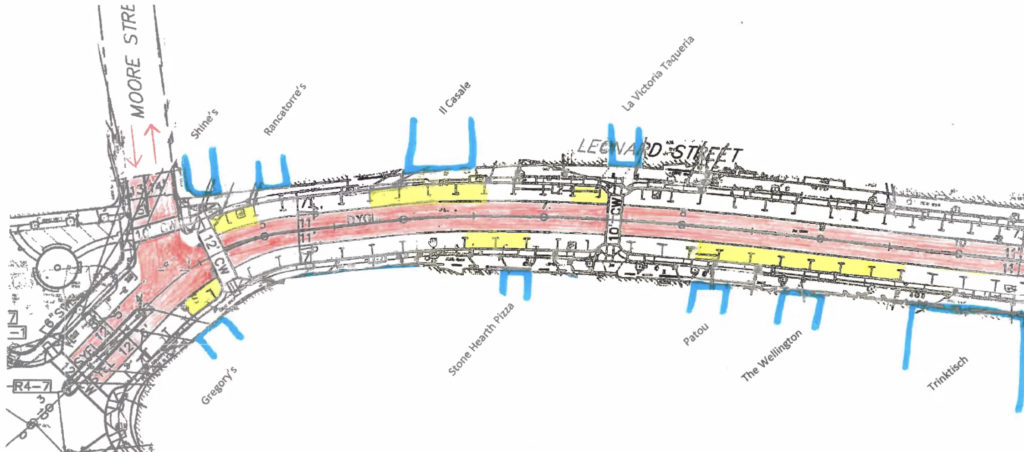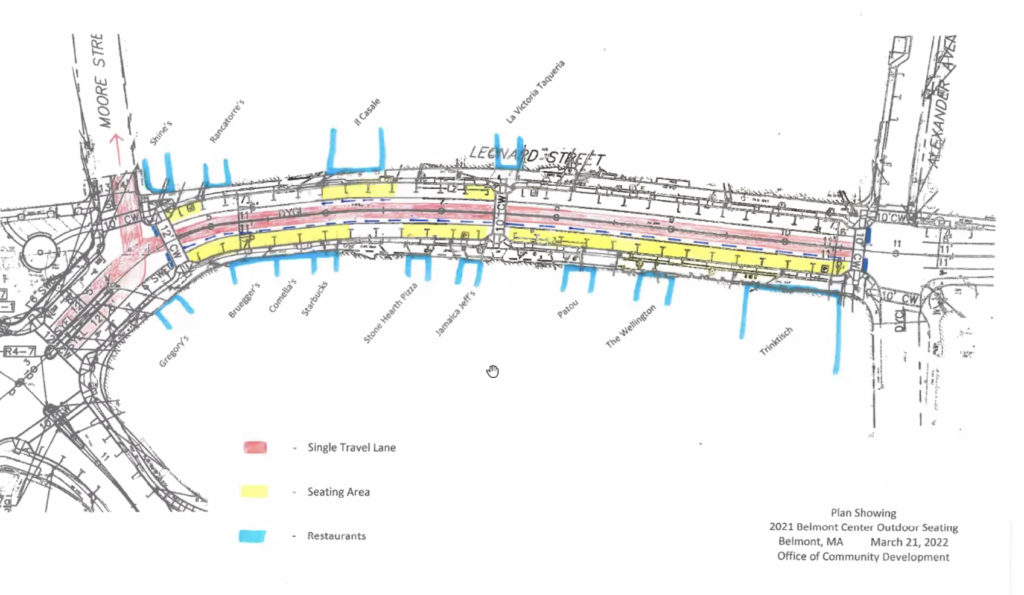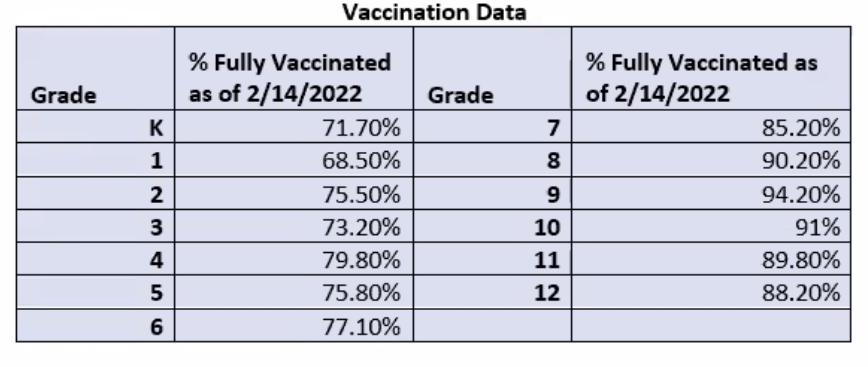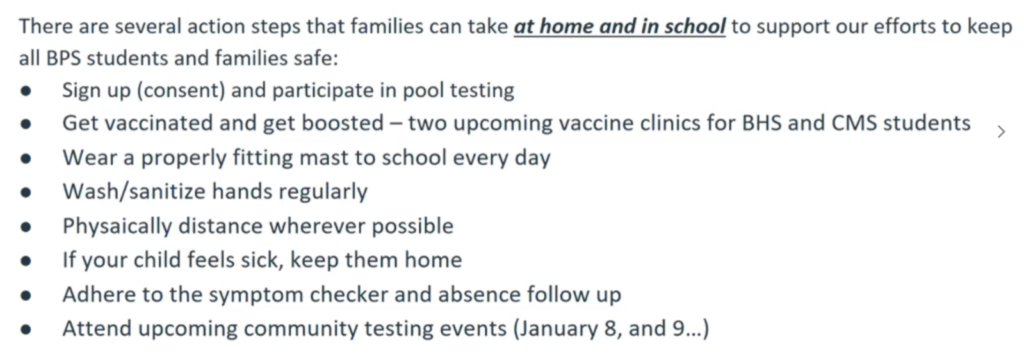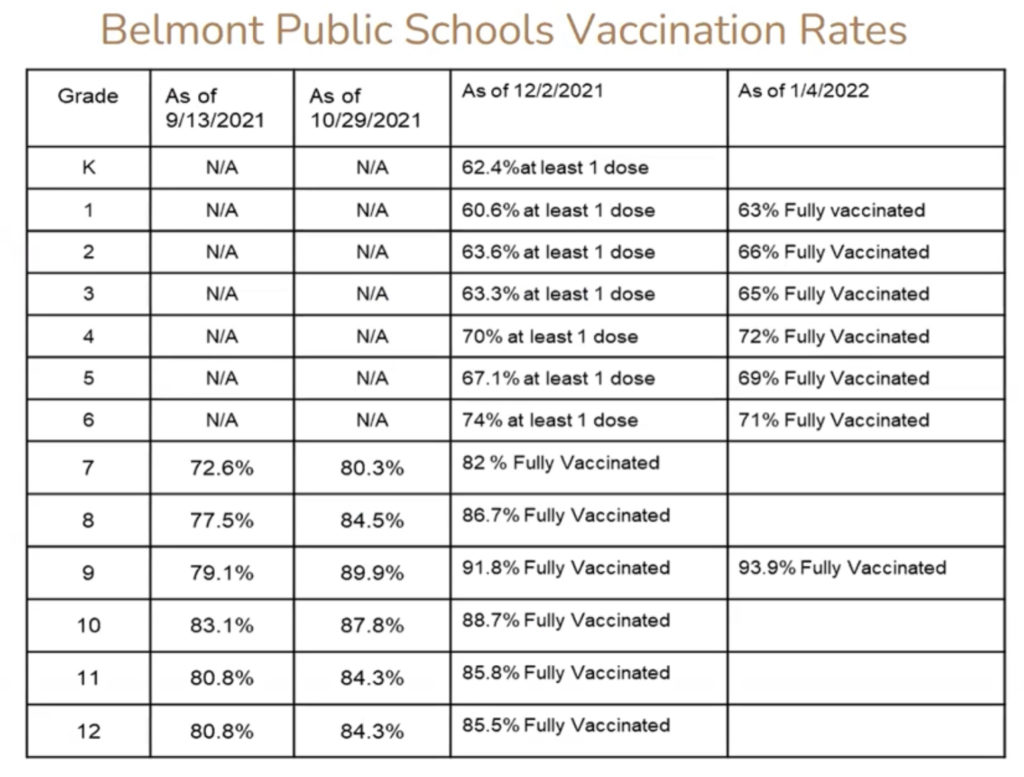Photo: The location of the former Ben Franklin in Cushing Square which will likely transform into a sushi/Japanese restaurant
The owner of a popular Belmont take out place has signed a lease for the former Ben Franklin 5 and 10 store with plans to bring top-notch sushi and traditional Japanese dishes to Cushing Square.
“We chose Belmont because of its proximety, the people and as a resident of Belmont we need more places where we can gather and meet up for a nice meal,” said Jack Sy, a former financial analyst turned restauranteur who owns a number of eateries including the popular Number 1 Taste Chinese Food takeout also located on Trapelo Road.
Sy’s move to the long time home of five and dime stores – operated as a Ben Franklin franchise since the 1930s before changing its name to Hollingsworth 5 and 10 in 2014, and finally as Belmont 5 and 10 before closing for good in August 2021 – will be a long-needed shot in the arm for the business center with a steady number of empty store fronts.
The menu which the Johnson and Wales graduate is still developing will include high-quality sushi and traditional Japanese dishes like Katsudon (pork cutlet rice bowl), Ramen noodles and Teppanyaki (sizzling hot plates) to your table. (Think Netflix’s ”Midnight Diner” food in Belmont.) There will also be many creative tapas-sized dishes for an option to a light meal. Sy will also seek an all-alcohol license to compliment the food.
Just beginning the permitting process with the town, Sy said he tentatively wants to do a complete buildout of the space replacing the site’s large existing windows with bistro-style windows that fold open during good weather while also taking advantge of the high ceiling and openness of the space “to create a mature, and fun atmosphere to come enjoy. A place where people can enjoy long conversations over dinner or a glass of wine.” He will also hire locally for all positions.
Sy’s move to open a restaurant near the busy intersection of Trapelo and Common comes as a regional Italian restaurant company currently on Leonard Street has its eyes on its own move to Cushing. Talk around Belmont Center and town offices since the fall of 2021 has Comella’s seeking a location near the popular public transportation bus line – the 73 bus is one of the most heavily used in the MBTA system – and the new Bradford apartment complex. No word from Comella’s to confirm this decision.
Whether or not Comella’s makes the move, it will not deter Sy’s plans.
“I think its a good idea for any restaurant or business to come and make the Trapelo area more vibrant,” said Sy.
Sy said a opening date is still a while in the future; he still hasn’t come up with a name for the place.
“Any suggestions?” he asked.

